China's ChiNext ETF Launch in Brazil Marks a Strategic Expansion of Cross-Border Market Connectivity
In a landmark step toward closer China–Latin America financial ties, an exchange-traded fund (ETF) tracking China's ChiNext Index—the country's Nasdaq-style board for high-growth companies—was successfully listed on Brazil's B3 stock exchange on May 26. Issued by Brazilian asset management firm Bradesco, the fund represents the first Latin American product to link directly with Shenzhen-listed ChiNext assets.
The ETF, structured as a feeder fund into the China-listed China AMC ChiNext ETF, forms part of the newly launched ETF Connect Program between the Shenzhen Stock Exchange (SZSE) and B3, Brazil's leading exchange. According to SZSE, this debut marks a "new phase of capital market cooperation" between the two countries, offering international investors broader exposure to China's innovation-driven growth sectors.
“This is a practical achievement under the framework of the China–Brazil High-Level Coordination and Cooperation Committee,” the SZSE noted, referring to the memorandum signed in March 2025 to initiate the ETF Connect initiative.

A Broader Global Footprint for ChiNext
The ChiNext Index, focused on sectors such as biotech, AI, green energy, and advanced manufacturing, has gained increasing international attention in recent years. ETF products tracking ChiNext have already been launched in the United States, South Korea, Singapore, and several European markets, but this is the first time the index has made inroads into Latin America—a region with growing interest in Asia's innovation economy.
For international institutional investors, especially those with mandates in emerging markets or thematic tech exposure, the Brazilian listing offers a new channel to access Chinese innovation equities—without navigating China's domestic market restrictions or QFII/RQFII schemes.
A Turning Point in China–Brazil Capital Market Relations
Behind the smooth listing lies months of coordinated technical and regulatory preparation. With the guidance of financial regulators in both countries, SZSE and B3 worked alongside market infrastructure providers to establish cross-border account systems, data pipelines, and fund creation mechanisms.
The result is a product that not only aligns with global ETF standards, but also strengthens bilateral capital flows—an area long viewed as underdeveloped relative to China–Brazil trade ties.
"This ETF initiative demonstrates that capital market connectivity between emerging economies is not only possible—it's accelerating," said a senior executive from Bradesco, speaking on condition of anonymity.
Why This Matters for Global Investors
For professionals in banking, cross-border investment, export insurance, and asset management, this development is more than symbolic. It suggests an emerging alternative axis of financial connectivity beyond traditional North Atlantic corridors.
Portfolio Diversification: Brazil-based investors can now gain exposure to high-growth Chinese equities in their local currency through a regulated domestic vehicle.
Strategic Entry Point: Global investors with BRICS-focused strategies may find this ETF an efficient way to tap into the tech and innovation economy of the world's second-largest capital market.
Policy Insight: The move reflects China's evolving regulatory posture toward institutional openness. It aligns with the new wave of reforms following the latest State Council guidance on capital market development and the “New Nine Measures”.











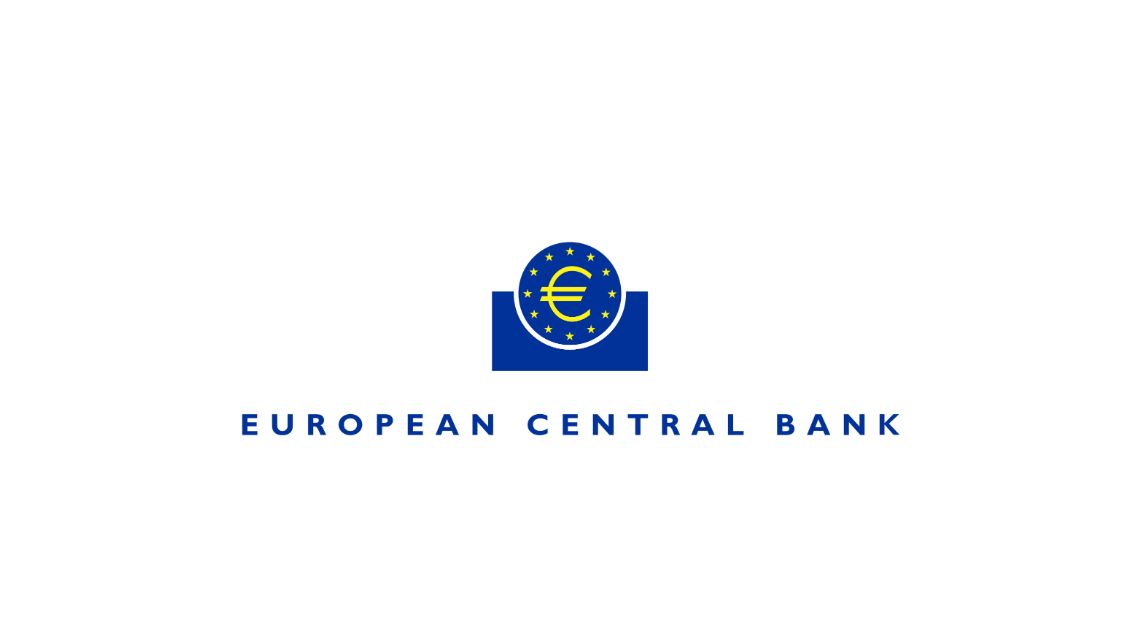
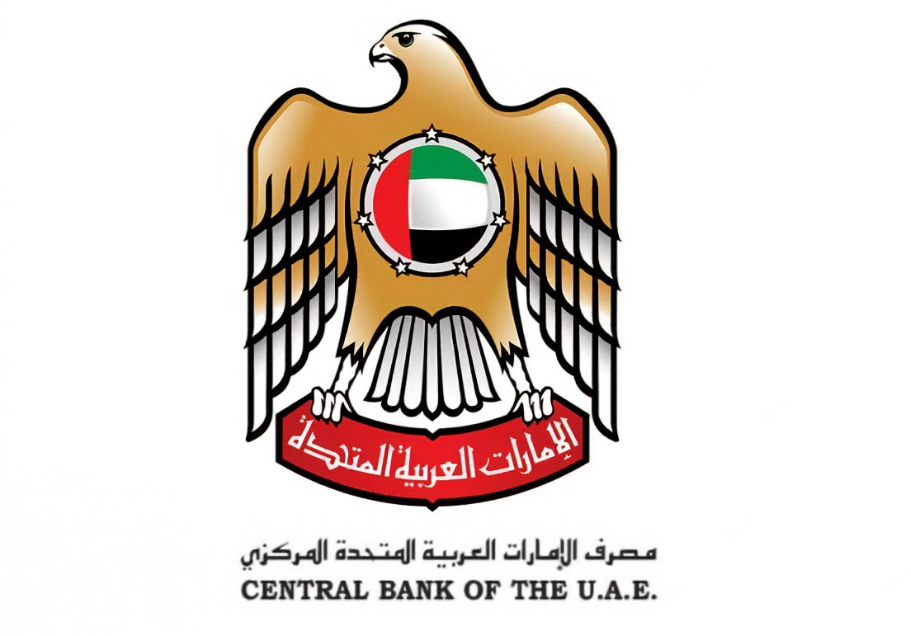



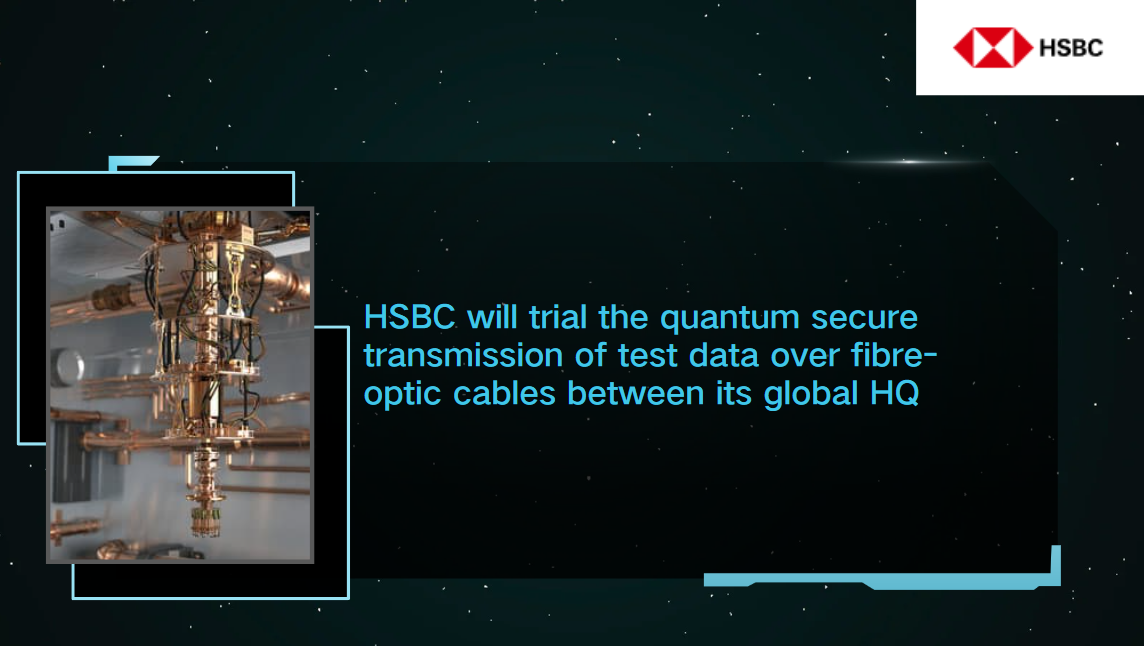
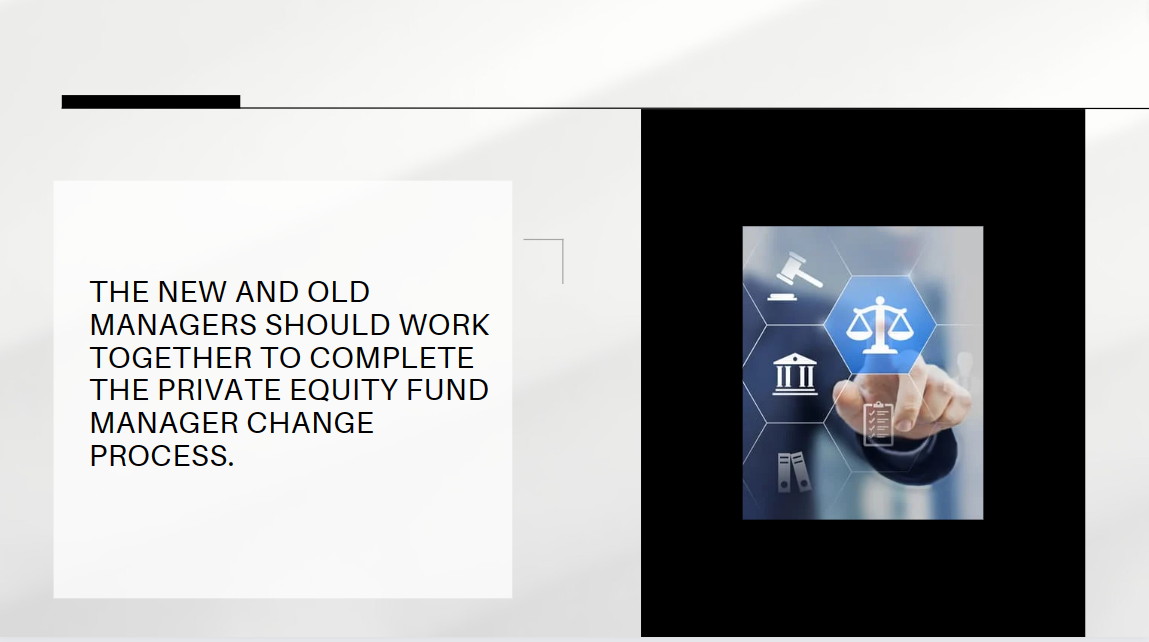
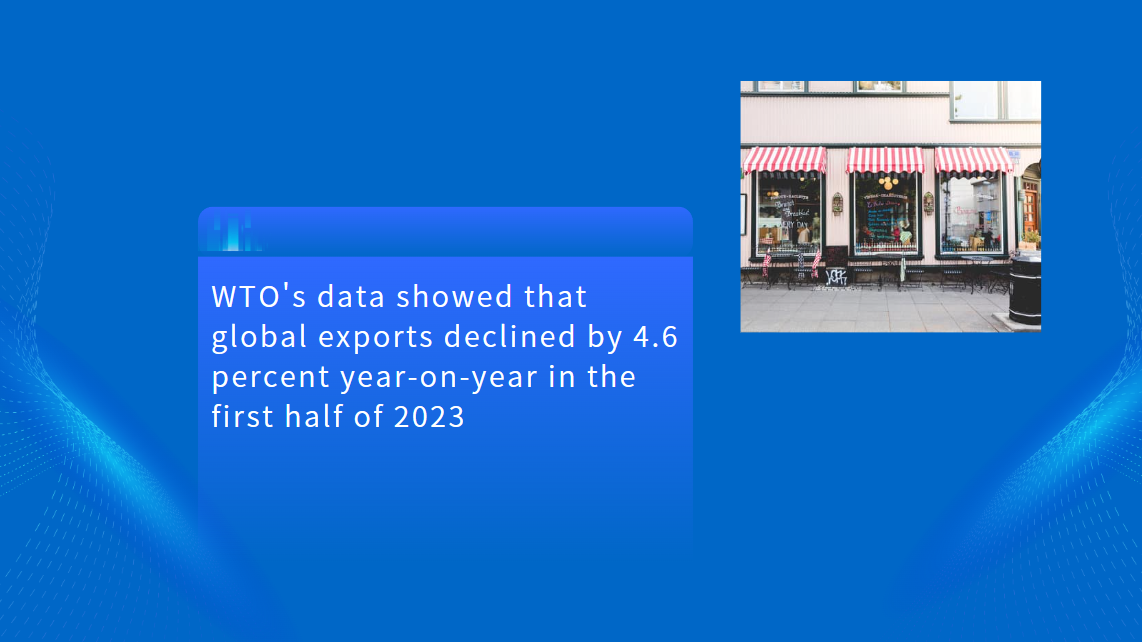
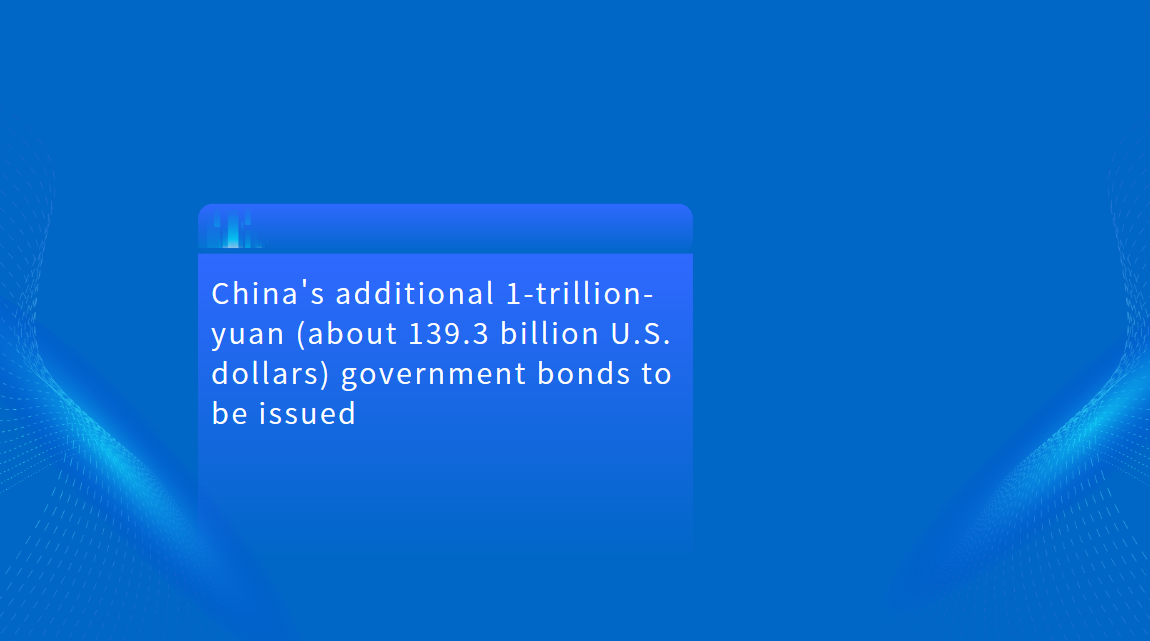






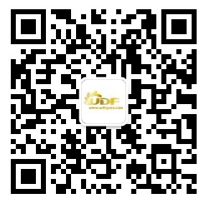

























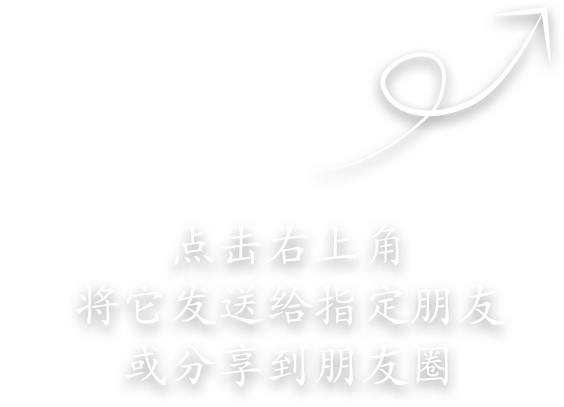
First, please LoginComment After ~